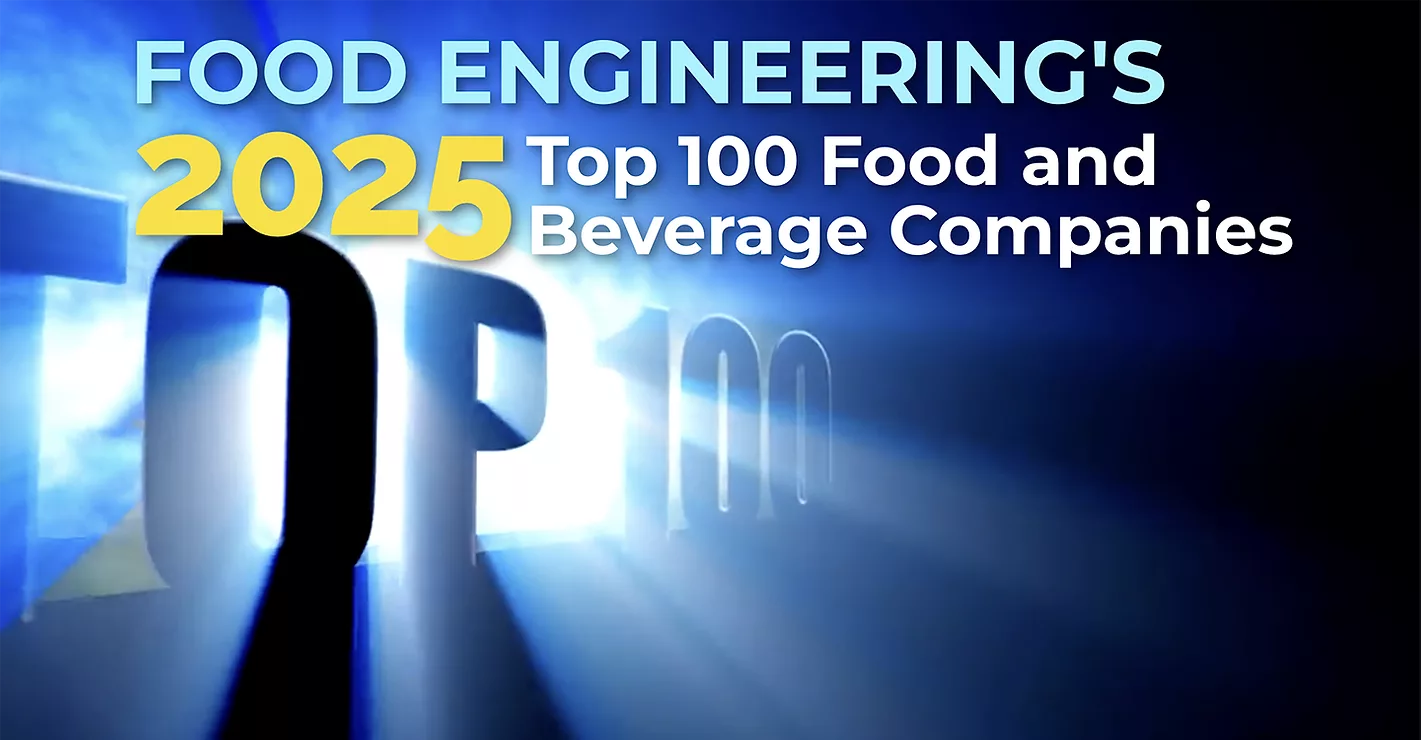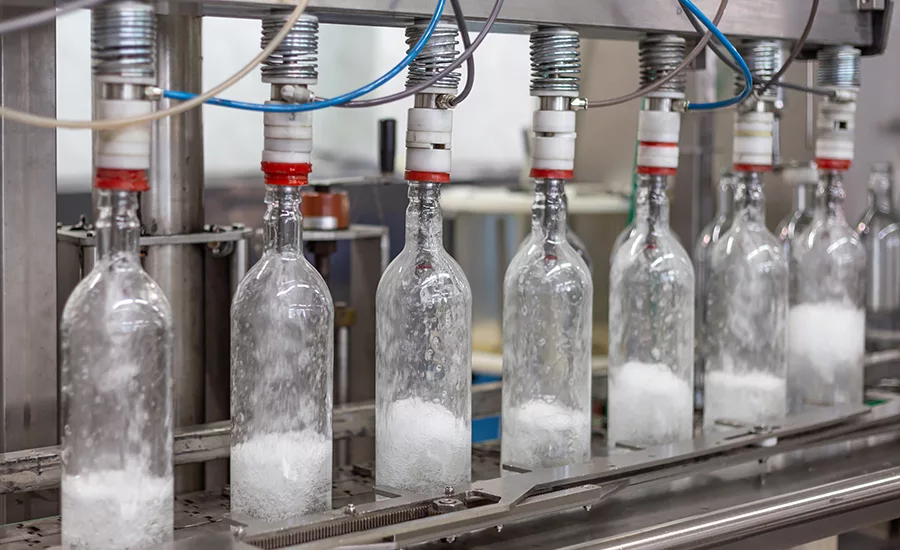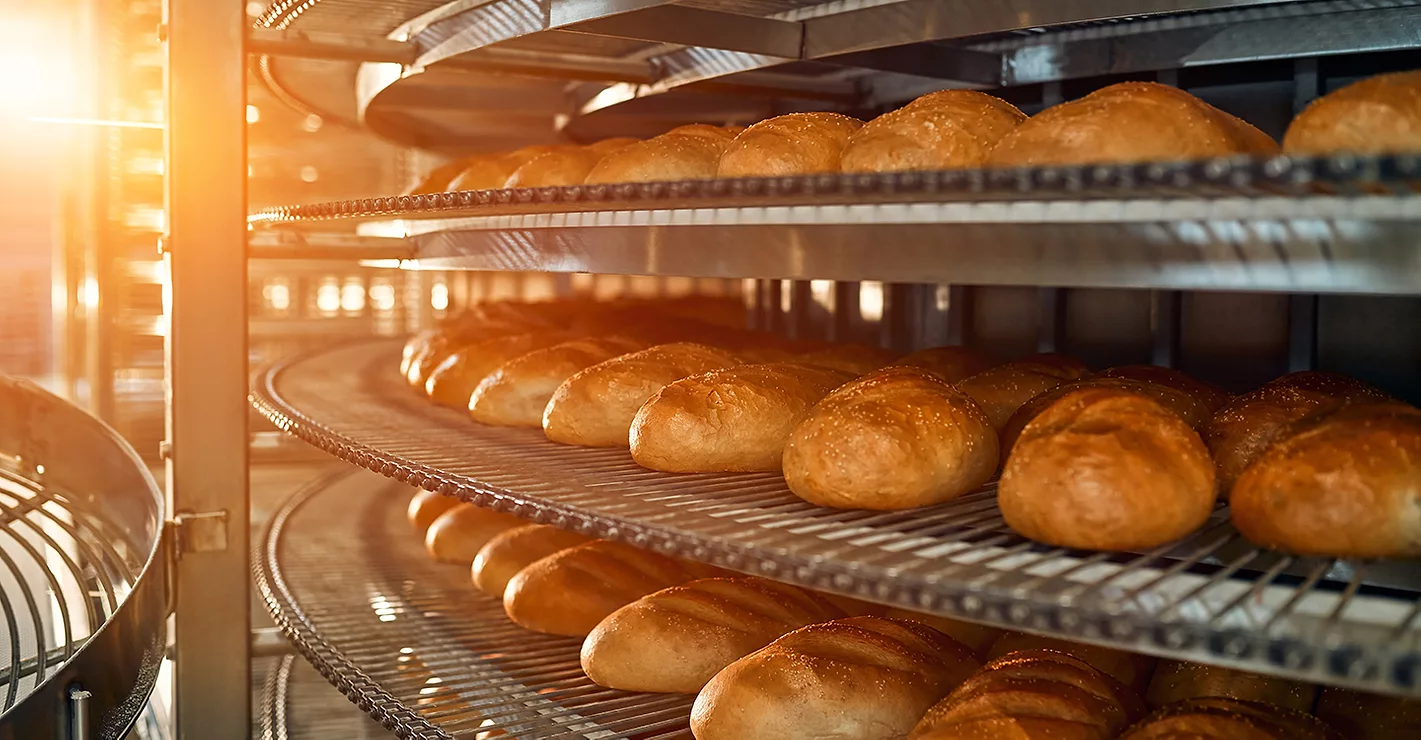How Digital Traceability and Facility Design Are Reshaping Food Safety

Photo courtesy of Getty Images / kckate16
Food production has advanced dramatically in the past two decades — faster equipment, more automated lines and increasingly sophisticated formulations. But unfortunately, when a contamination event occurs, many manufacturing facilities still turn to clipboards and handwritten logs to trace where an ingredient went or which finished products might be affected.
These traditional processes slow what should be swift, targeted responses. Sifting through lot numbers and pallet IDs can take days, forcing broad recalls that risk public health and drastically impact trust. Still, they exist because it's difficult to adopt modern digital frameworks.
Recent recalls offer a reminder of why effective responses matter. More people in the United States got sick from contaminated food outbreaks last year than in 2023. Total illnesses increased from 1,118 to 1,392, and hospitalizations more than doubled to nearly 500. High-profile recalls involved familiar brands and foods such as eggs and cinnamon.
These incidents highlight why many companies are now taking a design-first approach to traceability when planning new facilities. While no system fully prevents contamination, purpose-built environments with integrated digital capabilities give manufacturers better tools to reduce its likelihood and scope. And, with the FDA's Food Traceability Rule set to mandate near real-time digital traceability from farm to fork by July 2028, modernization can't be delayed much longer.
Automated Systems Collect Vast Amounts of Data
Modern traceability involves following ingredients and finished goods through every stage of production and distribution — in both directions. That means knowing which pallet came from which batch, and which raw material lots were used in any given product.
Digitally driven systems capture this information automatically. Lot numbers are scanned as ingredients are added to the batch. Expiration dates and other quality data are verified to ensure nothing out of spec spec enters production. There's no more wondering whether yesterday's handwritten notes accurately logged the process.
When integrated with a manufacturing execution system (MES), these platforms also monitor and verify production parameters. For example, line cameras check every 10 cans to ensure labels and contents are correct. When discrepancies arise, the line is stopped immediately to reject suspect products before they reach consumers.
IoT sensors extend this oversight by continuously checking temperature, humidity and other environmental conditions. If process parameters stray from specification, an automatic hold is triggered to prevent compromised batches from moving forward.
The convergence of automated data capture, real-time monitoring and integrated quality systems sets the stage for a more responsive approach to food safety. However, achieving this level of traceability requires a strong physical foundation.
Traceability Requires a Purpose-Built Foundation
The most effective traceability systems function best in a facility designed to support them. That begins with planning for high-throughput networks, redundant power, dedicated control rooms and optimized data pathways. Without this foundation, even the most advanced tracking tools struggle to perform.
Modern facilities are increasingly built to support cloud-based systems that auto-scale seamlessly as they capture data from more and more batches, sensors and quality checkpoints. These systems often require performance tuning to keep traceability information accessible and easy to interpret as production and data volumes grow.
Therefore, most plants today need dual-network configurations — one for workplace operations and another for industrial controls. Without this separation, simple tasks like downloading a file can throttle bandwidth and interrupt production workflows. The newest facilities are being designed with dedicated operational technology (OT) networks that support secure, reliable communication between sensors, scanners, printers, MES software and cloud systems.
Planning for bandwidth isn't guesswork, either. Networks are engineered with plenty of headroom — often 200% or more — to ensure performance holds steady as data loads grow or new lines come online. IoT-enabled traceability tools, for instance, may continuously feed temperature, pH and humidity data into the system for each batch. That volume of input requires high-speed pathways and accelerated processing capabilities, as well as security protocols designed to keep data and performance protected from cyber threats.
Hardware matters, too. Advanced data capture technologies are evolving beyond barcodes and toward more sophisticated solutions. RFID tags on pallets now transmit comprehensive data and enable automatic updates as products move through facilities. Camera-based systems provide continuous quality verification by detecting packaging errors and labeling discrepancies that human operators might miss. Modular, API-driven systems can accept new sensors or protocols with minimal configuration — a necessity when regulations and labeling standards are regularly updated.
When these traceability capabilities are integrated into a facility as part of a deliberate design and construction approach, manufacturers can act faster to minimize product loss and safeguard public health.
Traceability Insights Drive Operational Decisions
A modern traceability system makes the difference between a broad recall and targeted, effective actions.
Consider a sauce manufacturer that discovered tainted ingredients in its supply chain. Historically, this would have triggered a recall of 100,000 units produced over two weeks resulting in a potential financial and reputational disaster. With digital batch tracking, the manufacturer can instantly verify which lots used the contaminated ingredients and identify just 5,000 units from four batches. The batch codes can be communicated to distributors within hours to pinpoint the contaminated sauce.
Direct access to batch-level data and shipment records help coordinate a response, but the real breakthrough is that systems are proactive. They detect patterns that human operators can miss, like packaging line cooling issues that precede major spoilage events or supplier performance trends that signal brewing quality problems. IoT sensors serve as real-time watchdogs by automatically flagging deviations in temperature, humidity and other process parameters as they occur and holding batches before unsafe products reach the market.
Artificial intelligence (AI) and machine learning (ML) amplify these capabilities by using historical tracing data to forecast potential contamination events. Some systems identify correlations between environmental conditions, supplier lots and quality outcomes that would take human analysts weeks to uncover.
This level of precision redefines what traceability can achieve — and the very roles of operators, who no longer must agonize over incomplete spreadsheets.
Data Assures Quality Throughout the Supply Chain
Digital traceability turns batch monitoring into an active, data-driven process that frees operators from manual tasks and leads to sharper oversight and safer food supply.
Workers who once devoted hours to record-keeping can focus on tasks that strengthen quality and consistency, such as monitoring batch trends in real time and making informed decisions about whether to hold production. Purpose-built systems surface this data clearly and enable operators to act when it matters most.
Instead of writing down lot numbers and temperatures on clipboards, operators watch live trend charts during batch runs. They verify processes while batches are running and instantly assess whether deviations fall within tolerance or require intervention. When parameters drift, they make data-driven determinations on whether to continue production or stop the line. The result is better yields and higher confidence in a safer product.
These benefits extend outside facility walls. Supply chain partners — from ingredient suppliers to retailers — gain a clearer view of product origins and handling, which builds trust and simplifies coordination across complex distribution networks.
Advanced transparency also becomes a point of differentiation in a crowded marketplace. In Loftware’s 2024 Top Trends Report, nearly half of organizations cite ineffective recall management as the biggest risk of poor supply chain traceability, which is one reason many manufacturers now treat external transparency and granular, verifiable data as a competitive advantage. At the consumer level, Merck Animal Health reports nearly 40% of shoppers express a willingness to pay extra for traceability assurances, while only 67% have at least some trust in how their meat or seafood is produced.
Closing this gap is one part of a broader need to build traceability systems that adapt to the increasing demands of consumers, regulators and supply chain partners.
Modern Traceability Accounts for Process Changes
This flexibility requires manufacturing facilities and their digital traceability infrastructure to be designed and built with future regulatory expectations in mind.
The FDA's Food Traceability Rule initially covers high-risk foods, but in the future, it may demand more granular information from all food and beverage products. Partners may even expect data sharing and more integrated, digitally transparent value chains.
Manufacturers may find that these capabilities are increasingly about more than compliance. They will influence which companies they supply, which domestic or international markets they enter, and how strongly they position their brands.
AI will further reshape this space by informing process decisions, optimizing scheduling and guiding predictive maintenance, with today's data training more sophisticated AI models.
Traceability platforms may even extend beyond safety to track carbon footprints and water usage, making sustainability metrics essential to future requirements.
As manufacturers plan for these demands, purpose-built facilities with integrated digital traceability systems will streamline compliance and enable faster, more accurate responses that help protect public health.
Looking for a reprint of this article?
From high-res PDFs to custom plaques, order your copy today!







